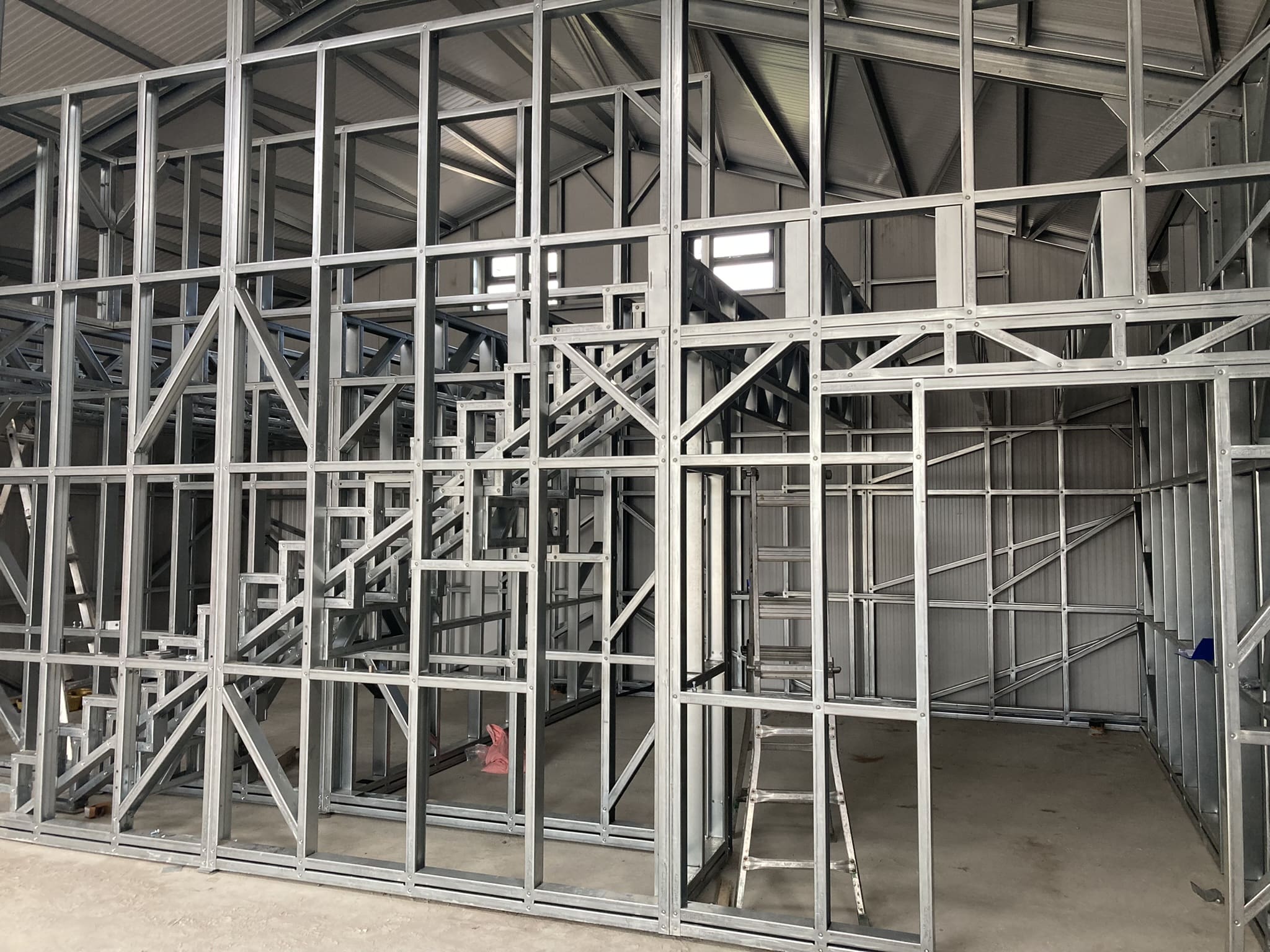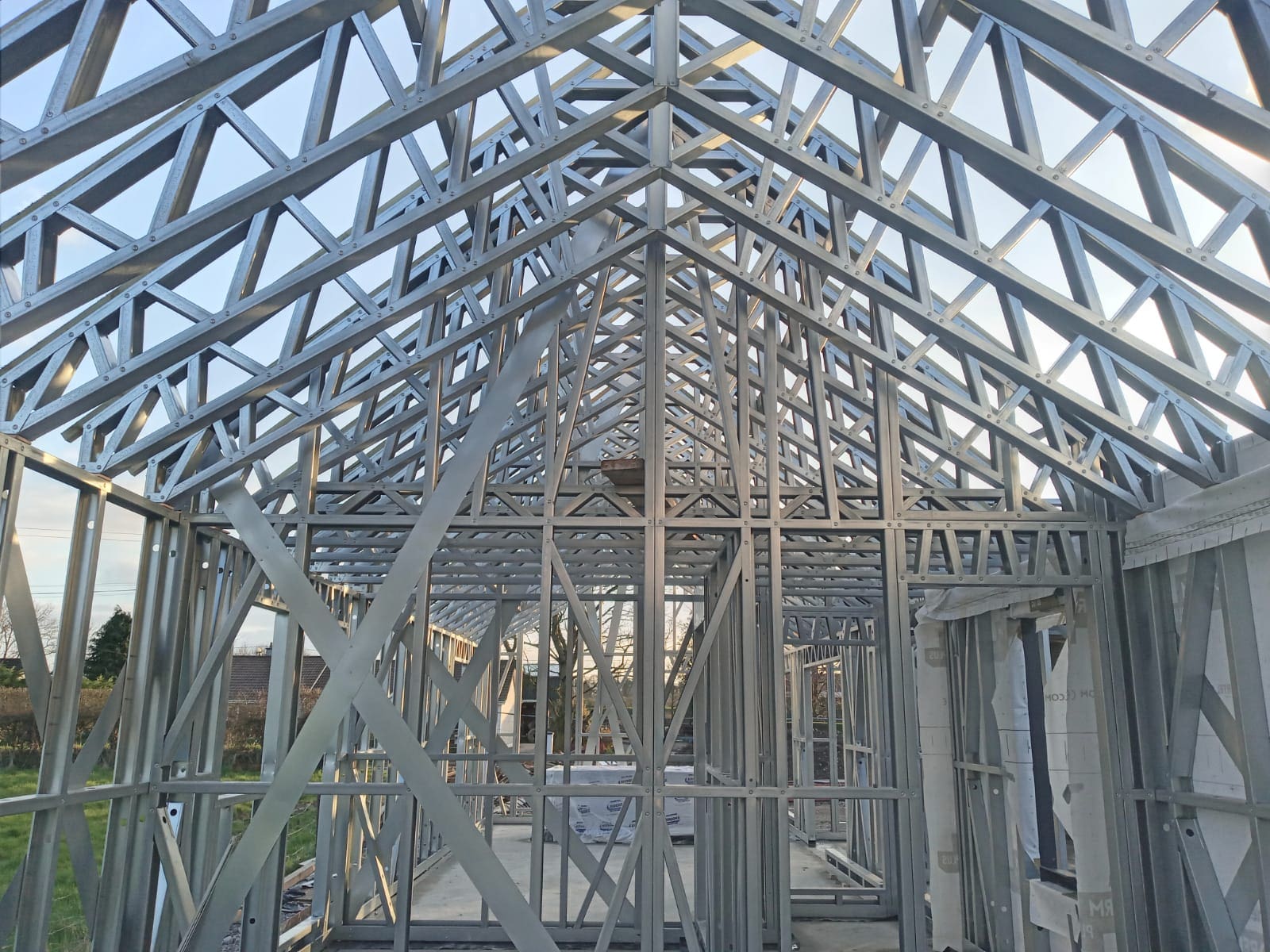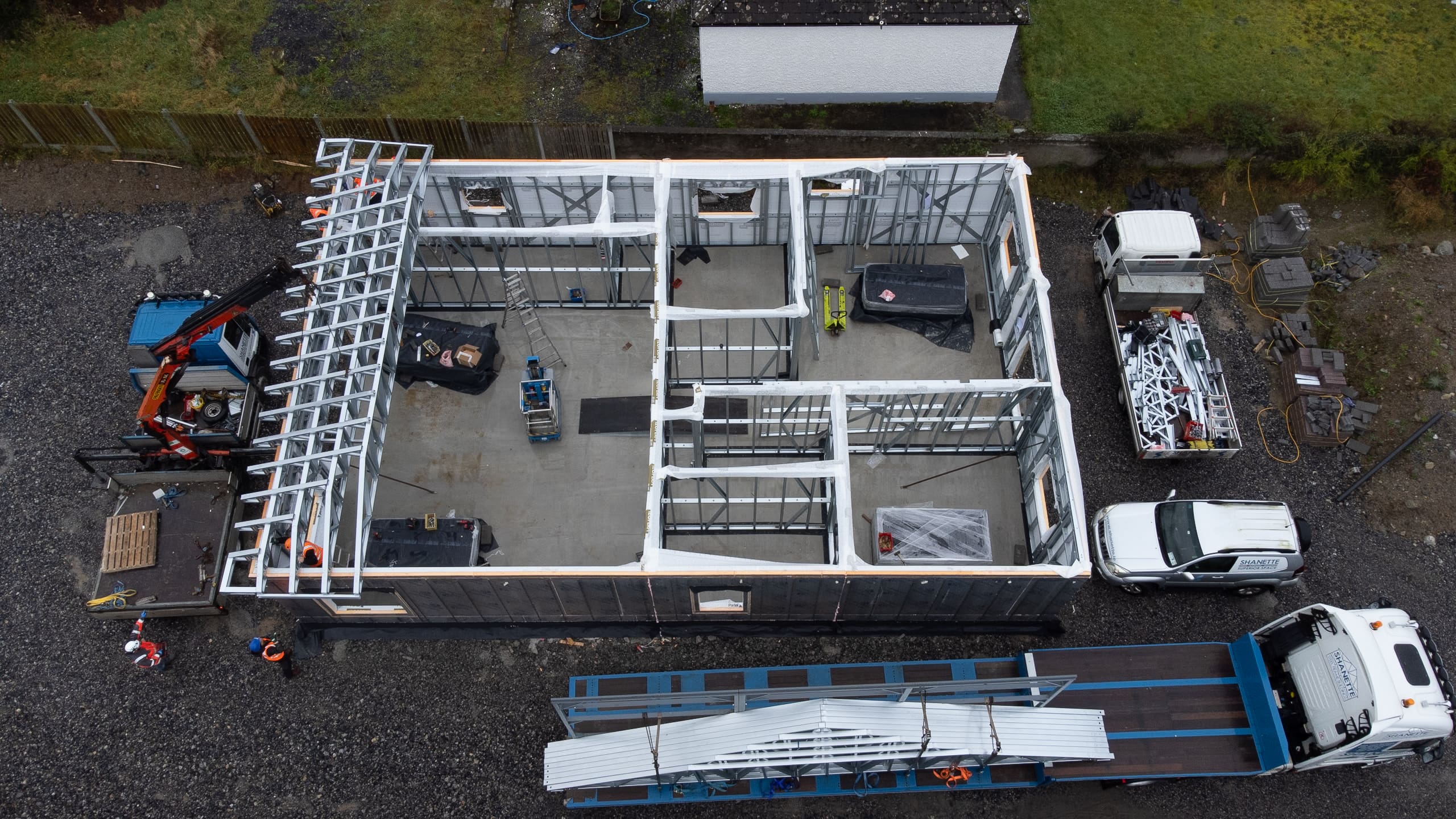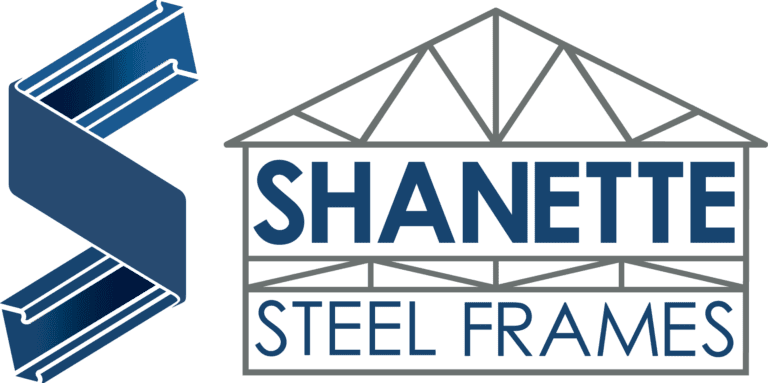The primary purpose of an internal wall is to provide acoustic separation for airborne sound between two adjacent rooms within a dwelling, thereby improving the acoustic comfort of those within the dwelling. Another important function would be adding extra insulation to the internal structure of the building also.
Popular Questions
The cost of steel frame homes compared to traditional wood can vary depending on project specifics. Steel construction offers several advantages that can lead to overall cost savings. These include:
- Durability: Steel frames resist rot, termites, and warping, reducing long-term maintenance costs.
- Faster construction: Steel frames can be prefabricated, leading to quicker build times and potentially lower labor costs.
- Energy efficiency: Steel allows for superior insulation integration, potentially lowering heating and cooling bills.
Steel frames are known for their exceptional durability. Steel resists rot, insect infestation, and warping, leading to a long lifespan.
Steel frame construction offers excellent potential for energy efficiency. Here’s why:
- Superior insulation integration: Steel studs have a smaller profile compared to wooden studs, allowing for more space for thicker insulation, leading to better thermal performance.
- Airtight construction: Steel frames can be effectively sealed, minimising air leaks, a significant source of energy loss.
Steel frame construction is well-suited for a variety of climates. Steel is resistant to moisture, making it a good choice for humid regions. Additionally, steel’s strength allows for superior performance in areas prone to high winds or seismic activity.



